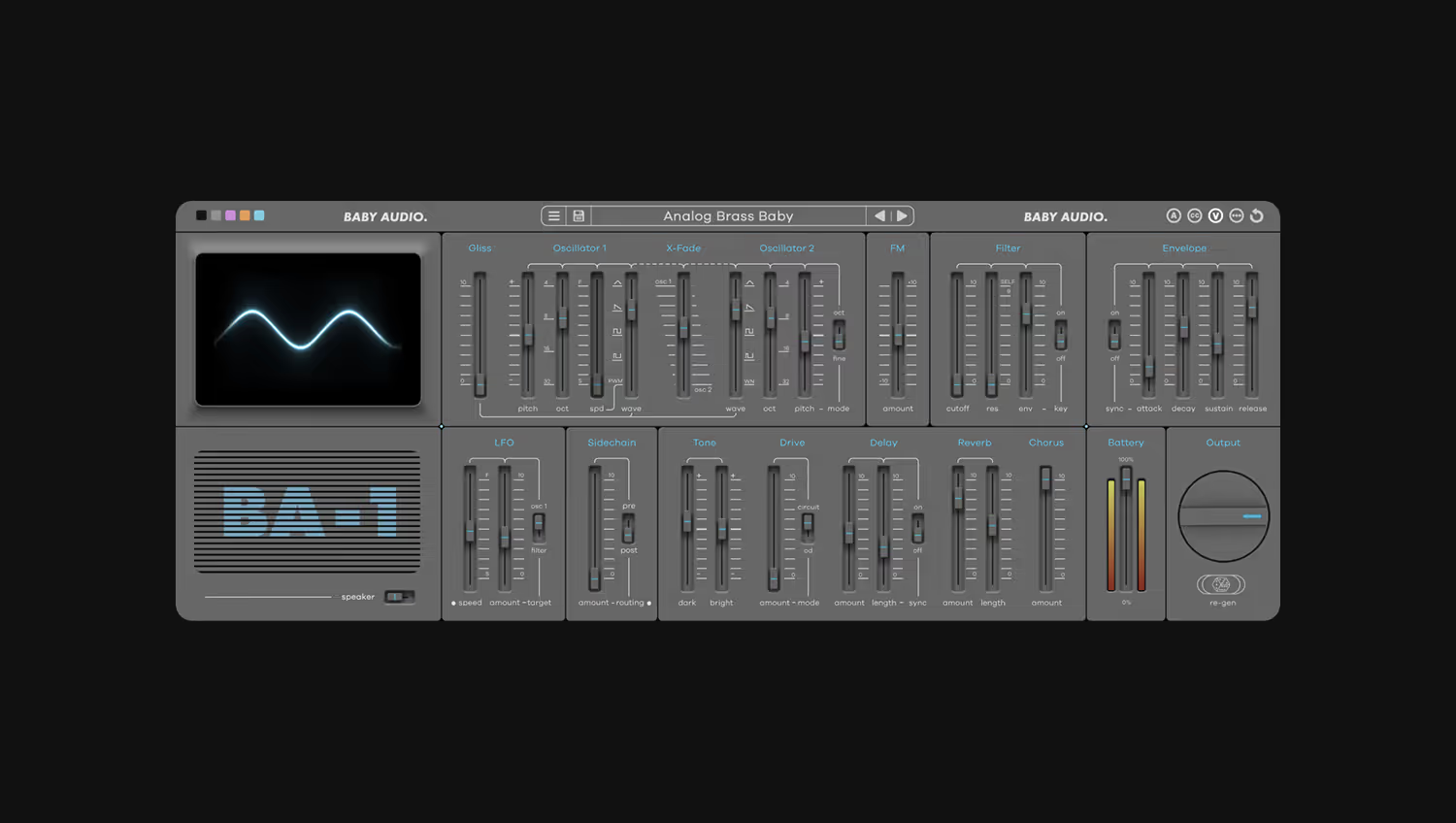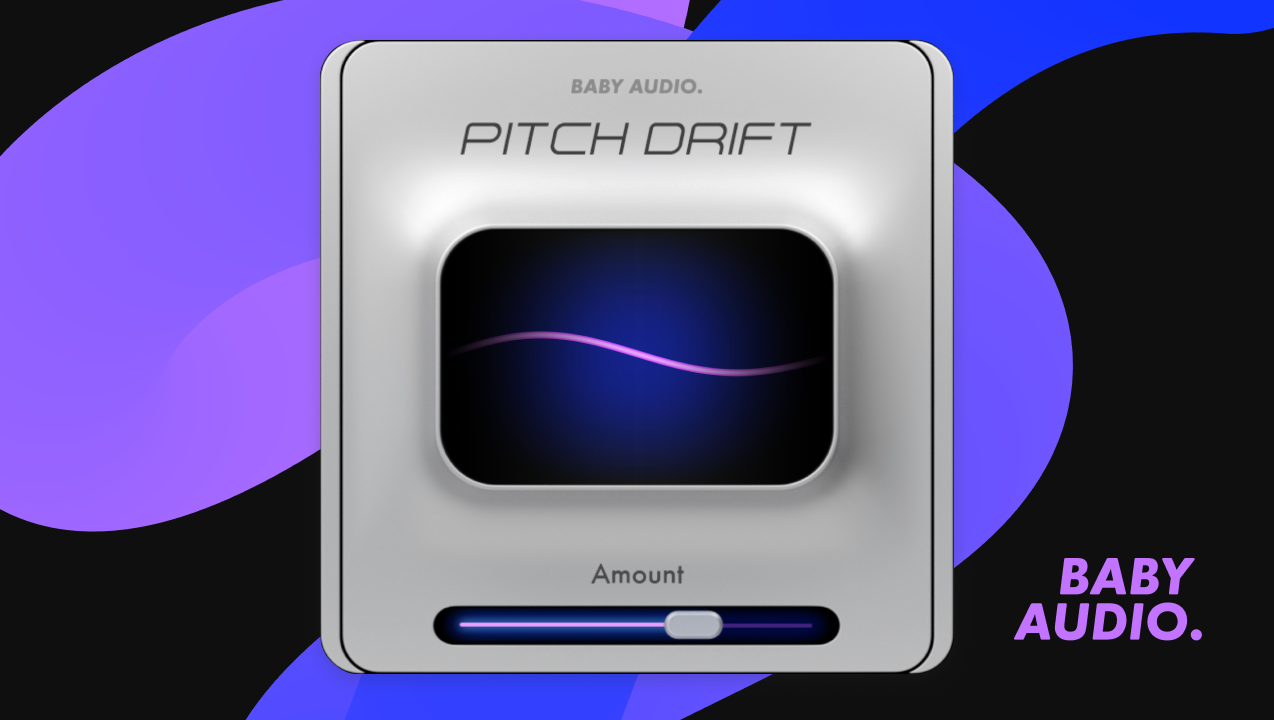80s Synths: How to Get Classic Retro Sound in Your DAW

80s synths defined the sound of one of the most iconic decades in pop culture.
The developments made during this period led to the creation of new synthesis tools that changed music forever.
But synthesizers also stepped into a starring role in the music of the era. From synth-pop to the beginnings of hip-hop and techno, synthesizers truly came of age in the 80s.
But what is it that makes synths from the 80s so special? What are the key elements of their sound and how can you recreate them in your DAW?
In this article I’ll break down the basics of 80s-style synthesis and suggest ways to get the sound in your DAW.
What is the 80s synth sound?
The 80s were a period of rapid innovation in music technology.
While dozens of new electronic instruments were introduced over the course of the decade, new ways to work with synthesizers emerged as well.
Between technological breakthroughs and aesthetic shifts that put the synthesizer at the forefront of pop, here are a few factors that influenced the 80s in synthesis.
Polyphonic synthesis
Polyphonic means the ability to play more than one note at a time.
While polyphonic synths were first built in the 1970s, they didn’t become accessible to the average musician until the 80s.
With the introduction of affordable polyphonic synths like the Roland Juno series, musicians could now use synthesizers more like traditional harmonic keyboard instruments.
This led to new roles for synths in bands and arrangements.
Similarly, recallable patch memory became a standard feature on synths by the mid 1980s. This meant that musicians could use a wider variety of sounds without having to reprogram each control on the front panel.
MIDI and sequencing
The MIDI standard for communication between musical devices was introduced in 1983.
It had a huge impact on how synths could be used live and in the studio.
Sequencers could now store patterns of MIDI notes that made up an entire song.
Between passages that would be impossible to play by hand and the metronomic timing of quantized notes, sequenced MIDI expanded what synths could do.
Frequency modulation
Finally, no discussion of the 80s in synthesis would be complete without mentioning one of the best selling hardware synths of all time—the DX7.
First released in 1983, The DX7 popularized the frequency modulation method for synthesizing sound.
Based on the research of John Chowning at Stanford, FM gave musicians access to a whole new palette of synth tones.
The distinctive bells, tines, and punchy basses of the DX7 are found all over classic 80s synth music.
How to get the 80s synth sound in your DAW
With the basics out of the way, here’s my guide to authentic 80s synth tones in your DAW.
Choose an 80s-style synth plugin
These days, you’ll find a software equivalent for almost every classic synth ever made.
If you’re looking for the FM flavor of 80s synthesis, one of the best plugin options is completely free.
The dexed VST features the same classic 6-operator architecture as the original DX7. Not only that, it can load DX7 patch files directly, including all the iconic factory patches.
On the other hand, If you’re looking for the rich character of the analog synths of the era, there are dozens of options to try.
Baby Audio’s BA-1 synth is inspired by one of the most ubiquitous instruments of its time, the portable CS01.
One of the first truly affordable synths, the CS01 was many aspiring musicians’ first entry into the world of synthesis.
It was easy for beginners to use, but capable of producing surprisingly fat basses and leads.
BA-1 oozes 80s character with an authentic analog-modeled virtual circuit that builds on the 80s synth that inspired it.
From its distinctive pulse width modulation to its round and growling low register, BA-1 captures all the nuances of the original while offering its own distinctive sonic profile and new features.
You’ll get accurate speaker emulation that’s reminiscent of cheap hardware and a realistic dying battery effect to round out the vintage feel.
BA-1 expands on the possibilities of the hardware with polyphony, a second oscillator and a more muscular filter to create the ultimate 80s-flavored synth that will stand out in any mix.
Programming 80s synth tones
There’s more to nailing the 80s sound than just using the right instrument.
Here are a few patch programming ideas to get you started with 80s-style tones.
1. Lush pads and brass
If there’s one musical artifact that’s emblematic of the 80s in synthesis, it’s Vangelis’ 1985 score for the film Blade Runner.
Its lush, brooding pads and evocative brass melodies were the signature sound of another CS synth, the CS80.
With its polyphonic capabilities, BA-1 can create fantastic cyberpunk pads with plenty of enveloping complexity.
Its unique oscillator section is fat enough to stand in for the CS80 and works well for brass with a bit of vibrato from the LFO.
Add a bit of delay and reverb from your favorite ambient plugins and you’ll be in cyberpunk heaven.
2. Sequenced plucks with delay
The hypnotic quality of a repeating sequence is an essential ingredient in 80s classics from Tangerine Dream to New Order.
With the tighter envelope needed for a pluck sound, enabling keytracking on BA-1s filter cutoff can create variation throughout the sequence.
Try a dotted 8th delay from its onboard delay effect to create a counter rhythm that enriches the sequenced pattern.
3. Bleeps and bloops
Musicians in the 80s weren’t afraid to embrace the futuristic sound of synths.
In fact, they often exaggerated the more blatantly synthetic textures for effect.
Plenty of classic tracks from the early synth-pop era feature hooks, leads and SFX that sound a bit cartoonish today. But that’s all part of the fun.
BA-1's enhanced filter has enough pokey resonance to create classic bleeps and bloops that would feel right at home in an 80s synth-pop hit.
Eternal 80s
The 80s era cemented the synthesizer as a defining element of pop music production.
The instruments and sounds of the decade are still relevant today, with many producers chasing authentic 80s sound in their DAW.
Now that you know the basics, get back to your session and start programming your own 80s synth opus.
Want to read more before checking the BA-1 demo out? Head over to our friends from Sound Of Revolution and check out their review of the synth plugin.
An 80s cult classic reimagined
Rediscover the fun of synthesis with gloriously gritty 80s color. BA-1's authentic analog-modelint takes you back to the timeless charm of an iconic portable hardware synth with expanded modern features. Easy to program and buzzing with life, BA-1 gives you instant vintage inspiration.









